On-campus instruction resumes during historic pandemic
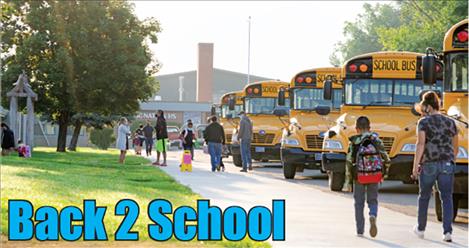
Karen Peterson
s students head back to campus Wednesday, Aug. 26, for the first time since the COVID-19 virus closed school doors on March 16.

Karen Peterson
Kayden Carter finishes his first week of school on Friday.
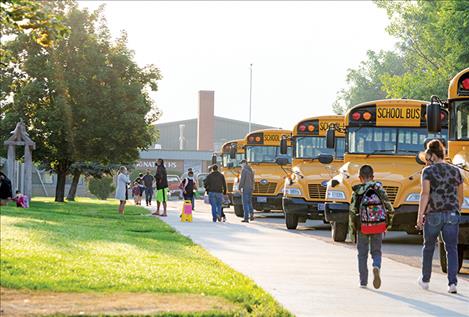
Karen Peterson

Karen Peterson

Karen Peterson
St. Ignatius School District students walk to school last week for the first time in five months
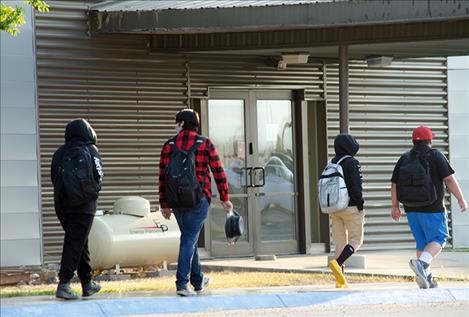
Karen Peterson
St. Ignatius School District students walk to school last week for the first time in five months

Karen Peterson
Students finish the first week of school.
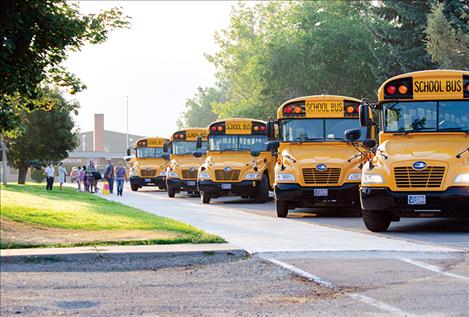
Karen Peterson
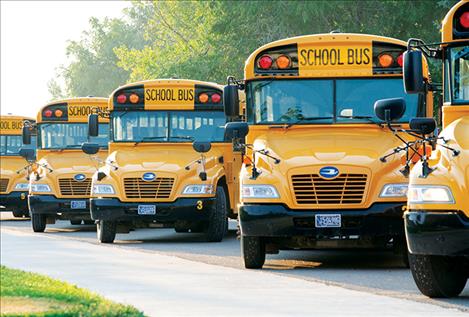
Karen Peterson
Issue Date: 9/2/2020
Last Updated: 9/1/2020 9:36:01 PM |
By
Karen Greene
Keep Reading!
You’ve reached the limit of 3 free articles - but don’t let that stop you.
















